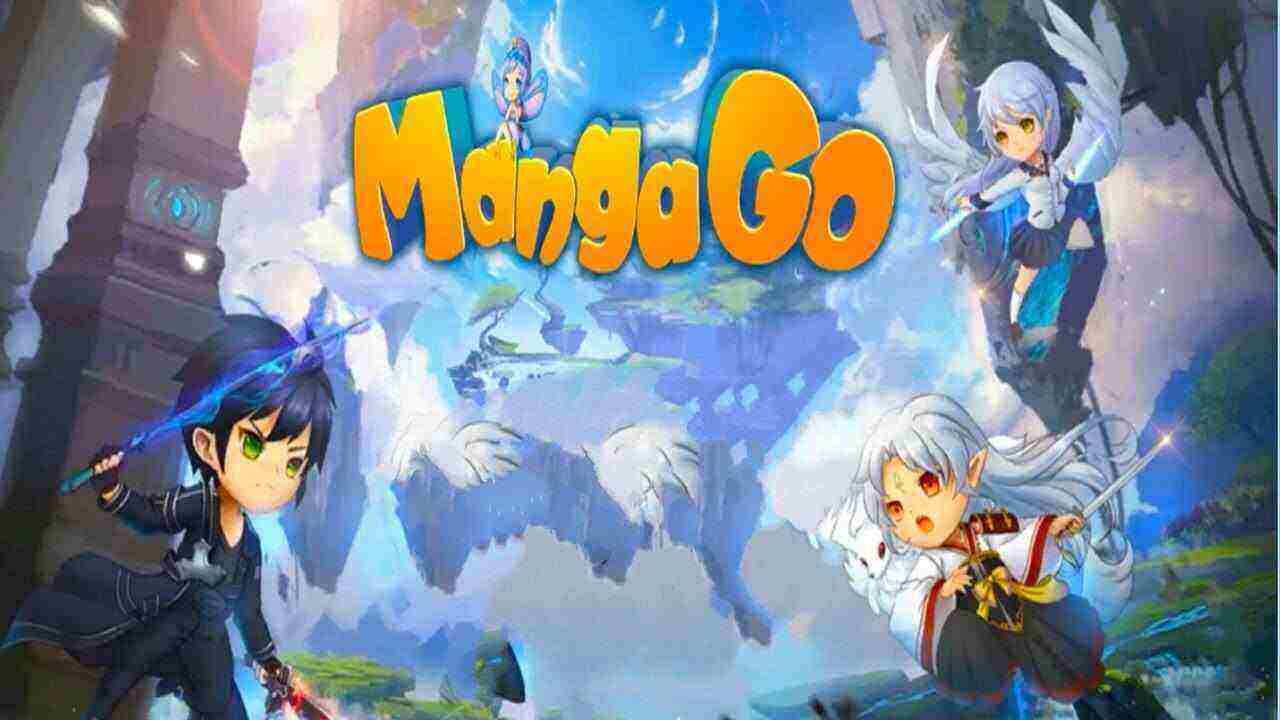This article discusses the meaning of mangago while also explaining what this word might mean to readers.
The word ‘mangago’ has been used for centuries to define different meanings. Today, the word is still used and interpreted in various ways.
It can be translated as ‘a lustful glance,’ or it can mean a ‘crushing stare.’ In some cases, mangago may also refer to an intense feeling of love or passion.
While the origins of this word are unknown, it is most likely derived from the African Bantu language. It is thought that the word first entered into European vernacular sometime in the 16th century.
Today, mangago remains a popular and well-known term in many different languages. It is commonly used to describe different aspects of life, including love, passion and sex.
What is Mangago?
Mangago is a traditional game in the Philippines. It is played with carved wooden pieces and is similar to chess. Mangago is also one of the national sports of the Philippines.
The game of mangago can be traced back to at least the 15th century. The earliest written record of the game comes from Miguel López de Legazpi, who noted that it was being played on Bohol Island. In 1602, a Jesuit missionary observed a game of mangago being played in Manila. By the early 19th century, mangago had spread throughout the archipelago and became popular among both high society and commoners.
Today, mangago is enjoyed by both children and adults alike. It can be found in nearly every corner of the Philippines, including Cebu, Iloilo, Negros Occidental, Leyte, Mindoro, and Samar.
How to Play Mangago
If you’re a fan of video games and mahjong, then you’re in for a real treat! Mangago is a mahjong game that’s all about strategy. It’s very similar to the traditional game, but there are some unique twists that make it a lot more fun. Here’s how to play:
- On your first turn, select one of the tiles in your hand and place it on the table in front of you. You can either place it upright or upside down, it doesn’t matter as long as you can see it.
- Then take the remaining tiles and place them so that each row, column and block has at least one tile in it. Blocks can only contain Mahjong tiles, not other types of tiles. Make sure that the tiles are placed so that they form valid groups (rows, columns and blocks). If you can’t place a tile, then put it back in your hand and draw another one.
- Once everything is placed, take a look at your hand and decide which type of Mahjong tile will be best suited to make a matching set with the tile that you just placed on the table. There are six different types of
Characteristics
When people think of a mangago, they typically think of a cute and cuddly animal that is gentle and sweet. Mangagos are unique in that they are the only animals in the world that produce a milk protein called galactose-alpha-1,3-galactosyl-transferase (GALT). This enzyme helps the mangago to digest lactose. Mangagos are found in the rainforests of Southeast Asia and on some Pacific islands.
Mangagos are classified as odd-toed ungulates, which means they have two toes on each foot that are notched at the end. They are about two feet long and weigh about 20 pounds. Mangagos have a long snout with small nostrils and large eyes. They have short fur that is reddish brown on their back and white on their belly. The fur is parted down the middle of their back so you can see their black skin underneath.
Mangagos spend most of their time eating fruit, but they will also eat leaves, flowers, and insects. They use their tongue to lick up nectar from flowers. Mangagos have no teeth so they must chew their food before swallowing it.
Conclusion
Mangago is a spoken word form of the Marathi word mange, meaning “to chatter.” Mangago is often used as an insult and means “to talk nonsense.” Interestingly, mange also has the meaning of “a loose fitting upper garment worn by men in southern India during the hot weather.” Although mange is no longer commonly worn in southern India, mangago remains an important part of Marathi culture. In fact, it even has its own set of idiomatic expressions and proverbs! We hope you have enjoyed this article on mangago and that you will continue to explore the fascinating world of Marathi vocabulary.

